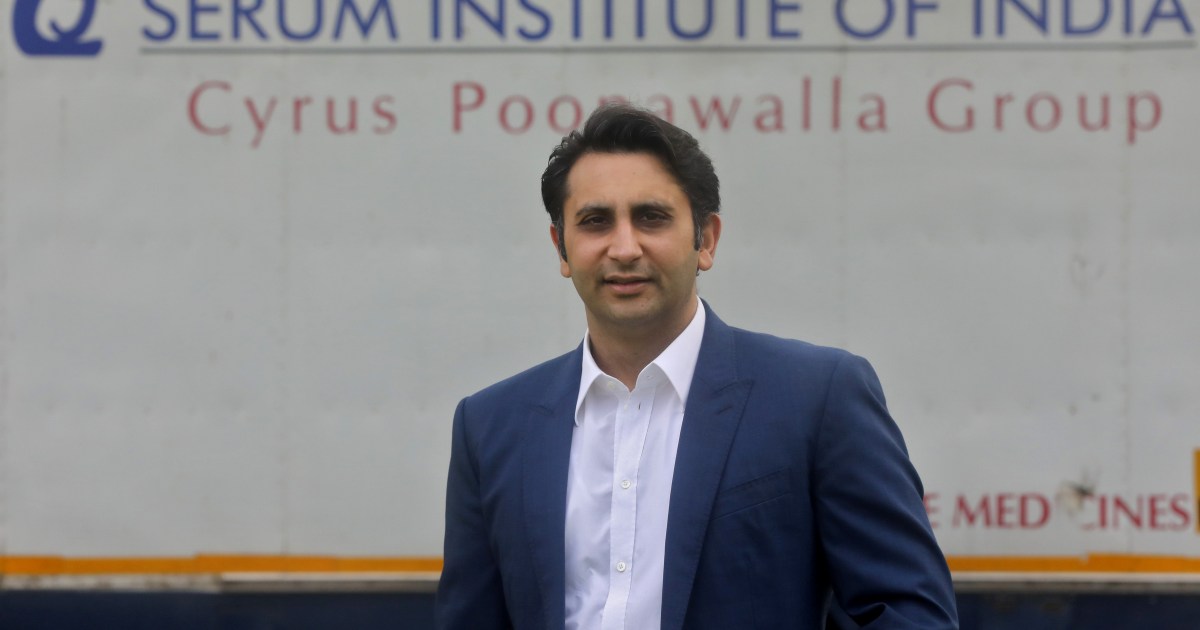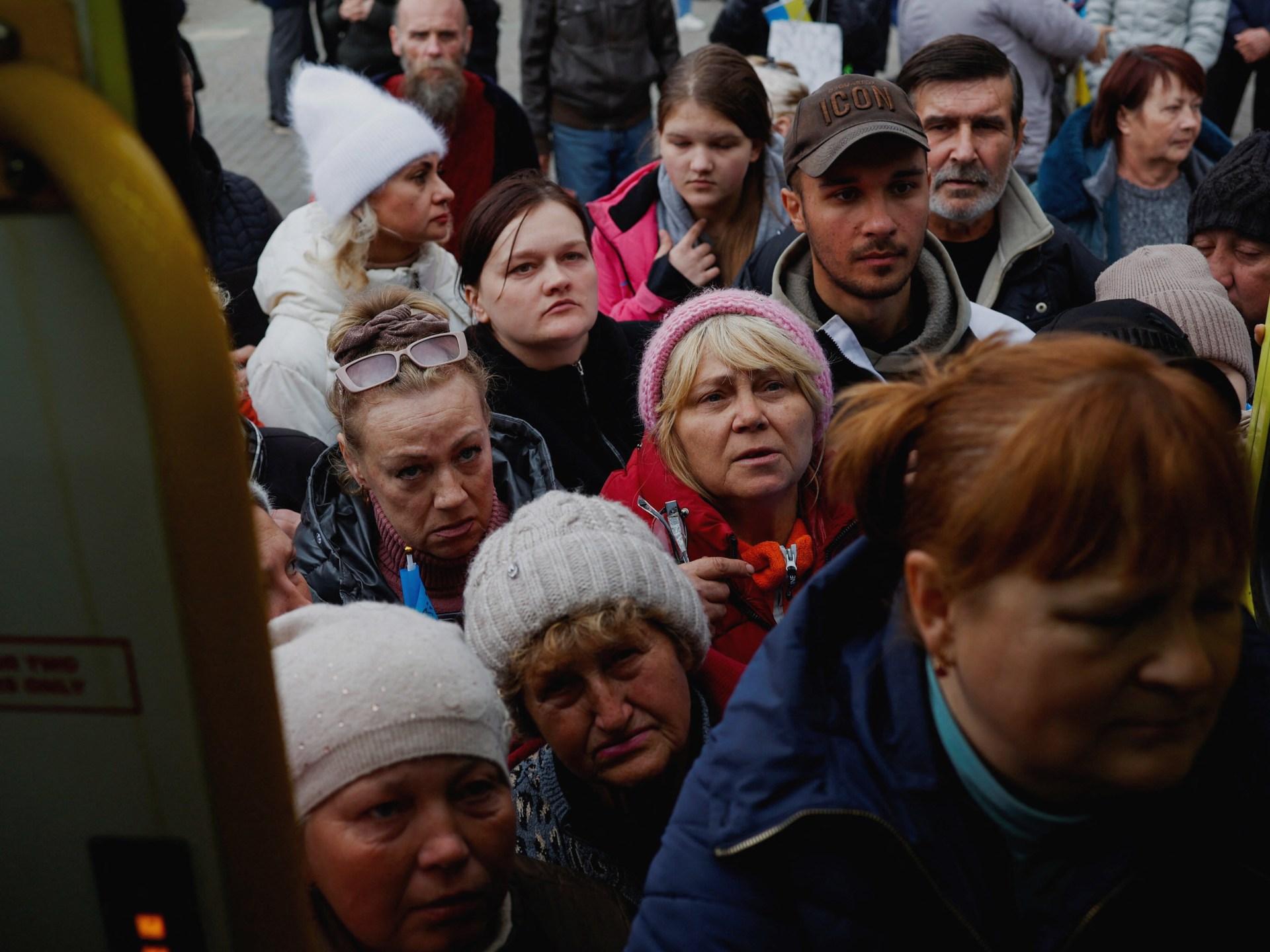A divided legacy marks 50 years since Peron’s return to Argentina | History News
There was Argentina before Juan Domingo Peron, and Argentina after it.
Of all the dividing lines that could be drawn in this polarized country of 46 million, this is one of the deepest — and it has stood the test of time.
In the 77 years since Peron, an army colonel with middle-class roots, was first elected president of Argentina, the populist movement he created continues to be a dominant political force in the country.
You’ll find his image hoisted high at anti-poverty demonstrations and stencilled on the decaying walls of Argentina’s largest cities. Politicians have invoked his words in their speeches. For some, to be Peronist is a badge of honour passed down through the generations. For others, it is an insult.
“He ushered in what, for me, is a revolution. Not a classical revolution, but a cultural revolution,” said Victor Santa Maria, a leading figure in Peron’s Justicialist Party in Buenos Aires.
Tuesday marks 50 years since one of the key moments in Peron’s history: his second return to Argentina after 18 years in exile in Spain.
But June 20, 1973, is not a date Peron followers necessarily celebrate. It is a date defined by violence, one that exposed the deep rift in his movement. Still, it marks the beginning of the final chapter of Peron’s reign, cementing a legacy that has persisted to this day.

Ousted and outlawed
The events leading up to June 20 indicate just how divisive Peron’s leadership was.
Peron used his first two terms as president, from 1946 to 1955, to elevate the working class. He increased wages and enshrined workers’ rights, including the right to organise and decent working conditions.
In addition, he built schools, hospitals and houses in impoverished enclaves and nationalised railroads and other utilities, embarking on massive public works projects.
He branded his system as “justicialismo”, or social justice, and his policies were buoyed by the popularity of his second wife Evita, who came from an impoverished family.
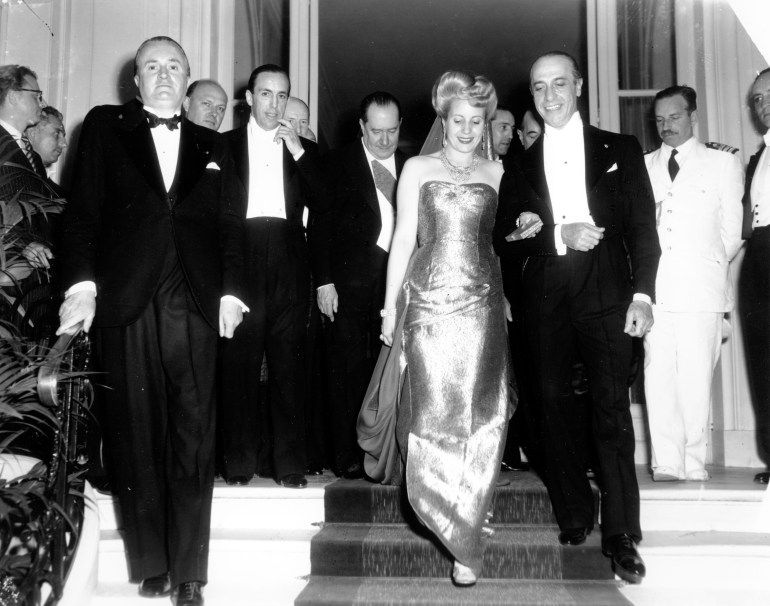
But his repression of political dissent earned him enemies on both sides of the political spectrum. And his reforms forged powerful enemies in the military, as well as in the Roman Catholic Church.
On May 25, 1955, the country’s armed forces launched an attack on the government, with the intention of killing Peron. He was not at the presidential palace at the time. But military planes dropped more than 100 bombs on the city centre, killing more than 300 people.
Peron was deposed in a coup d’etat later that year and forced into exile. The military assumed control and banned the mere mention of his name, throwing violators in jail.
But the Peronist resistance grew, with support from uneasy allies: right-wing trade unionists who agitated for Peron’s return and young left-wing supporters who nourished themselves on the ideals of his original movement.
The dictatorship lifted its ban in 1972, allowing Peron to set foot in Argentina on November 17 — though the military forced him to leave again within months.
But the Peronismo comeback was already in motion. A political ally would be elected president in March 1973, paving the way for his second homecoming 50 years ago, on June 20.
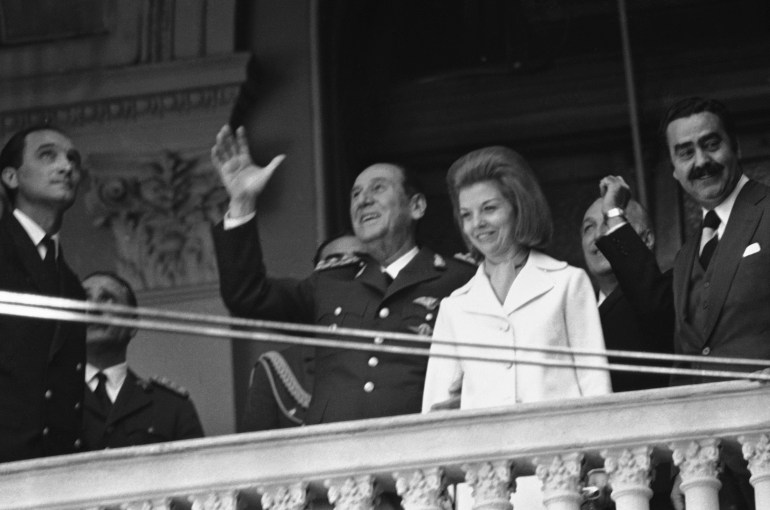
Violent divisions between left and right
It was meant to be Peron’s triumphant return before a crowd of millions.
Instead, June 20, 1973, is best remembered as the “Massacre at Ezeiza”. A violent confrontation erupted between the left- and right-wing factions that gathered to greet the ageing leader at the international airport in the suburban city of Ezeiza.
Snipers from right-wing factions opened fire on young left-wing activists, killing 13 and wounding some 300 more. Peron’s aeroplane was not able to land in Ezeiza because of the chaos and was instead diverted to another airport nearby.
“In some ways, it marked the start of the confrontations between the left and right sides of Peronism,” said Ignacio Labaqui, a political scientist who teaches at the Catholic University of Argentina.
“It’s not an event that anyone wants to remember,” he added. “It’s sad and tragic.”
And it was a harbinger of more violence to come. Peron returned to power in September 1973, earning almost 62 percent of the vote, but he famously rejected his young left-wing supporters at a public rally.
After his death in 1974, the political violence further intensified, culminating in a military dictatorship that ruled from 1976 to 1983. Thousands of people, many of them political dissidents and student activists, were murdered or disappeared during that time.
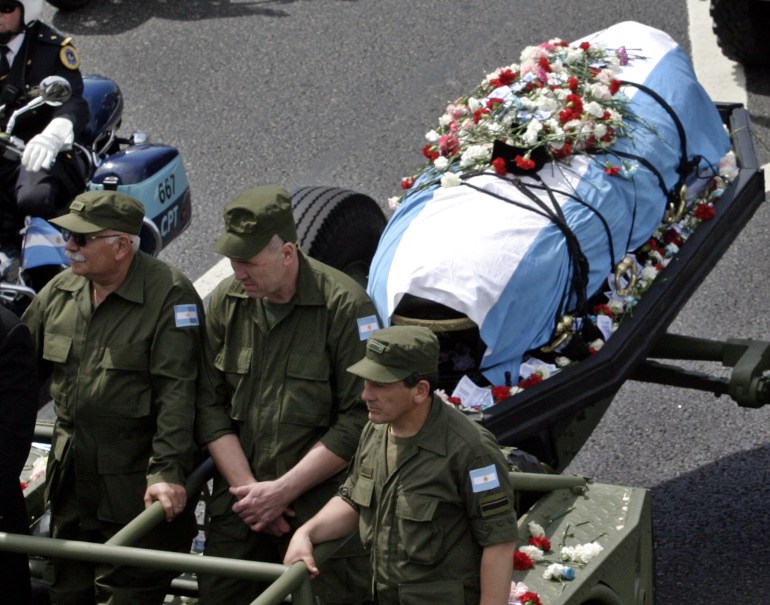
Is Peronismo a solution for Argentina today?
“Peronism is a question of the heart rather than of the head,” Peron said in 1948. “Peronism is not learned, nor just talked about: One feels it or else disagrees.”
His words captured a certain ambiguity that has lingered over the Peronismo movement — a populist flavour that continues to appeal to both left-wing and right-wing adherents.
“Peron was the one who took the demands of socialists regarding workers’ rights and followed through,” said Labaqui, the political scientist. “Peron gave a voice to those who, until then, had not been represented in the political system. It was not something purely material but also strongly symbolic.”
But the working-class policies he has been celebrated for are specific to a particular time and place, Labaqui explained.
Currently, Argentina finds itself contending with massive debt and inflation that has soared beyond 100 percent. Its political system faces questions of corruption. Labaqui doubted the Peronismo playbook could adequately address the country’s myriad issues.
“Of course, there are people inside Peronismo who are nostalgic and think it’s possible to apply the same recipes that Peron applied between 1946 or 1949, or in 1973, when he returned to the country,” said Labaqui.
However, he warned, “The country of today has nothing to do with the one that Peron found and left.”
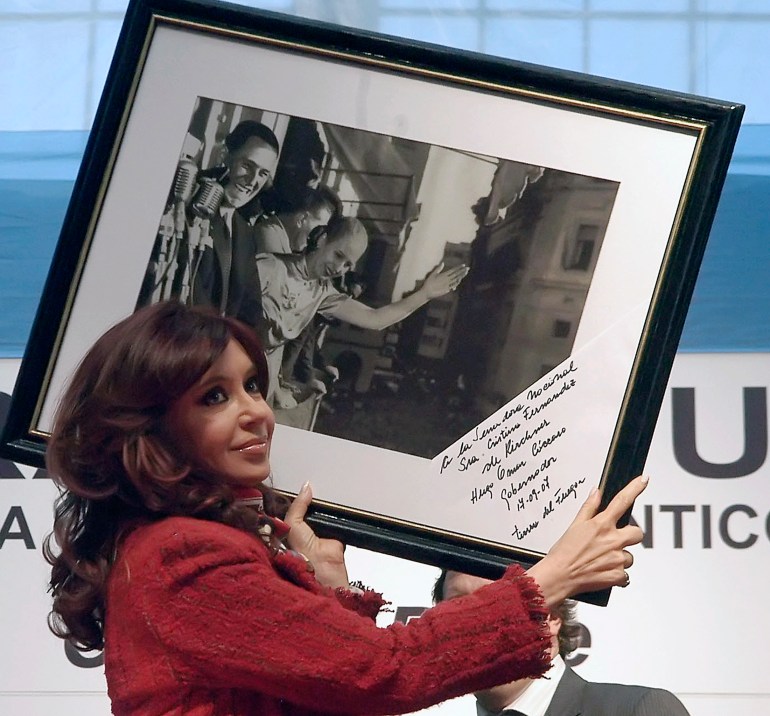
Peronismo after Peron
Argentina’s return to democracy in the 1980s ushered in a new era for Peronismo, allowing it to transform under the influence of new politicians.
In the 1990s, a neoliberal version of the movement took power under former President Carlos Menem. And in the 2000s, it gave rise to Kirchnerismo, named for the late Nestor Kirchner and his wife Cristina Fernandez de Kirchner, two presidents who espoused a left-wing ideology.
Today, Labaqui said, it is more likely to hear someone identify as Kirchnerista than Peronista, though there is a strong overlap between the two platforms.
For her part, Fernandez de Kirchner, who now serves as vice president, has evoked similarities with Peron as part of her public image. When she was convicted on corruption charges last year, she claimed to be a victim of “proscription” — a ban from public office, similar to what Peron and his party had suffered during his exile.
Fernandez de Kirchner’s own followers started chanting “luche y vuelve” — “fight and return” — a phrase popularised by Peron, as they urged her to run in this year’s presidential election.
“For better or worse, despite all the criticisms that you can make of client politics, it is the party that solves the daily problems of that segment of the electorate,” said Labaqui. That is partly why he believes the movement persists.

For Santa Maria, the Justicialist politician in Buenos Aires, it is more than that though.
Last year, he ran a theme park called “Peron Volvio” — or “Peron Is Back” — that offered a limited-time immersive experience for visitors eager to relive the highlights of Peron’s career.
Guests joined costumed actors at the park in cheering on a reenactment of Peron’s 1972 return. The nostalgia ran deep, Santa Maria observed. Everyone was caught up in a memory of ambition, of optimism: “It was the memory of an Argentina that was a world power.”



